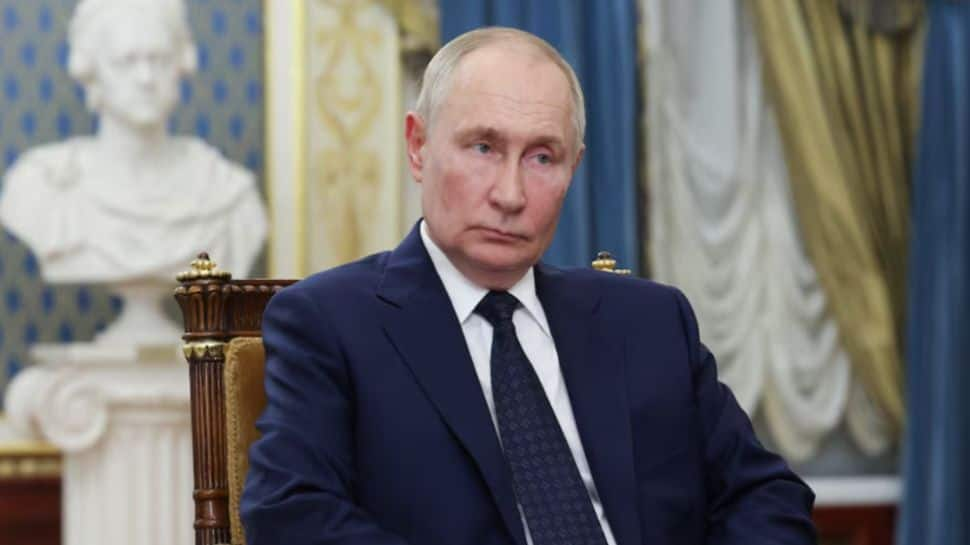New Delhi: Moscow has grown quieter. Not because the war has stopped. But because the noise of friendship is fading. One by one, old allies are slipping away from Russia’s side. The war in Ukraine, now dragging into its third year, is doing more than bleeding Russian soldiers. It is draining the trust and warmth once shared with nations that stood shoulder to shoulder with the Kremlin.
For Vladimir Putin, this is more than a battlefield loss. This is a diplomatic collapse. A mirror to America’s fall in Afghanistan – only colder and more isolating. Where once flags of loyalty waved high, now silence, distance and new partnerships fill the air.
Syria
Syria used to be a victory badge on Putin’s coat. Back in 2015, Russia’s entry into the Syrian civil war turned the tide for Bashar al-Assad. Moscow’s airstrikes, coupled with Iranian boots on the ground, gave Assad his second life. In return, Russia gained access to naval and air bases in the Mediterranean.
But that alliance cracked in 2024. Russia, too busy in Ukraine, could not shield Assad when the rebels surged back. The HTS and Turkish-backed fighters regrouped. Damascus wobbled. Assad fled. The same Putin who once stood firm behind Syria, watched it collapse, unable to stretch his power beyond his war-weary borders.
Armenia
For years, Armenia counted on Russia. Against Azerbaijan and Turkey, Moscow was the shield. But in 2023, that shield vanished. Nagorno-Karabakh fell. Over 100,000 ethnic Armenians fled. Russian peacekeepers stood idle. Anger swelled in Yerevan.
By 2024, Armenia began pulling away. Military deals were paused. Old promises were questioned. Then came the final blow – Armenia walked out of the CSTO, the very security pact that tied it to Moscow. A treaty signed in 1997, meant to be ironclad, now lies in the dust.
Finland, Sweden
The war in Ukraine was meant to stop NATO. Instead, it pulled in the ones who stayed away the longest. Finland joined the NATO in 2023. Sweden followed in 2024. Neutrality turned to fear. And fear turned to strategy. Both nations moved fast, sensing that Russian aggression was no longer just a possibility. It was a pattern.
With their entry, NATO touched more of Russia’s border. What Putin tried to avoid became reality. What began as a push against NATO’s eastward creep ended in a sprint westward by those who feared Moscow most.
Central Asia
Kazakhstan. Uzbekistan. Kyrgyzstan. These lands once echoed with Soviet ties. Moscow had sway here, in trade, culture and influence. But now? Europe, China and Turkey are moving in.
Brussels is building new roads, new trade routes and new promises. Turkey is sending troops, teachers and trade envoys. China’s Belt and Road is laying steel and cement across the steppes.
Moscow, weighed down by war, is missing this quiet shift.
Iran’s Loneliness
Iran gave Russia its deadliest drones. Shahed loitering munitions buzzed over Ukrainian skies. Tehran stood by Moscow when others hesitated. But loyalty went unanswered.
In June 2025, when Israeli jets bombed Iran followed by American bombers, Russia offered only words. A few lines of diplomatic concern. No defense. No action. Tehran took notice.
Even as Tehran burns under sirens and smoke, Moscow stays silent. The alliance feels one-sided now. Iran bleeds. Russia watches.
From Damascus to Yerevan and from Helsinki to Tehran, the pattern repeats. Russia once led an axis of defiance. Now, it stands alone in many rooms. This is not only a war. It is a quiet falling away. A global friend list losing names.


